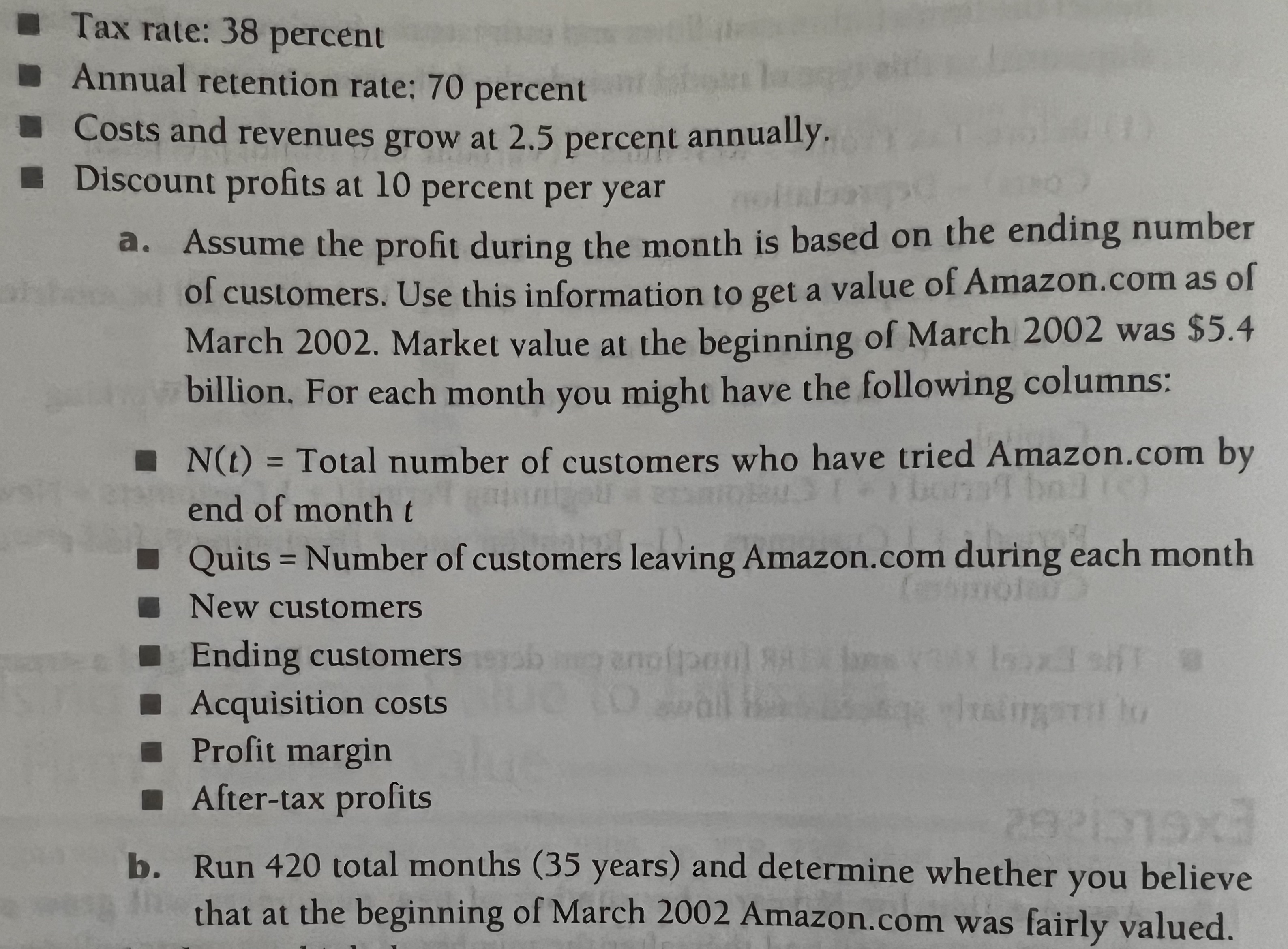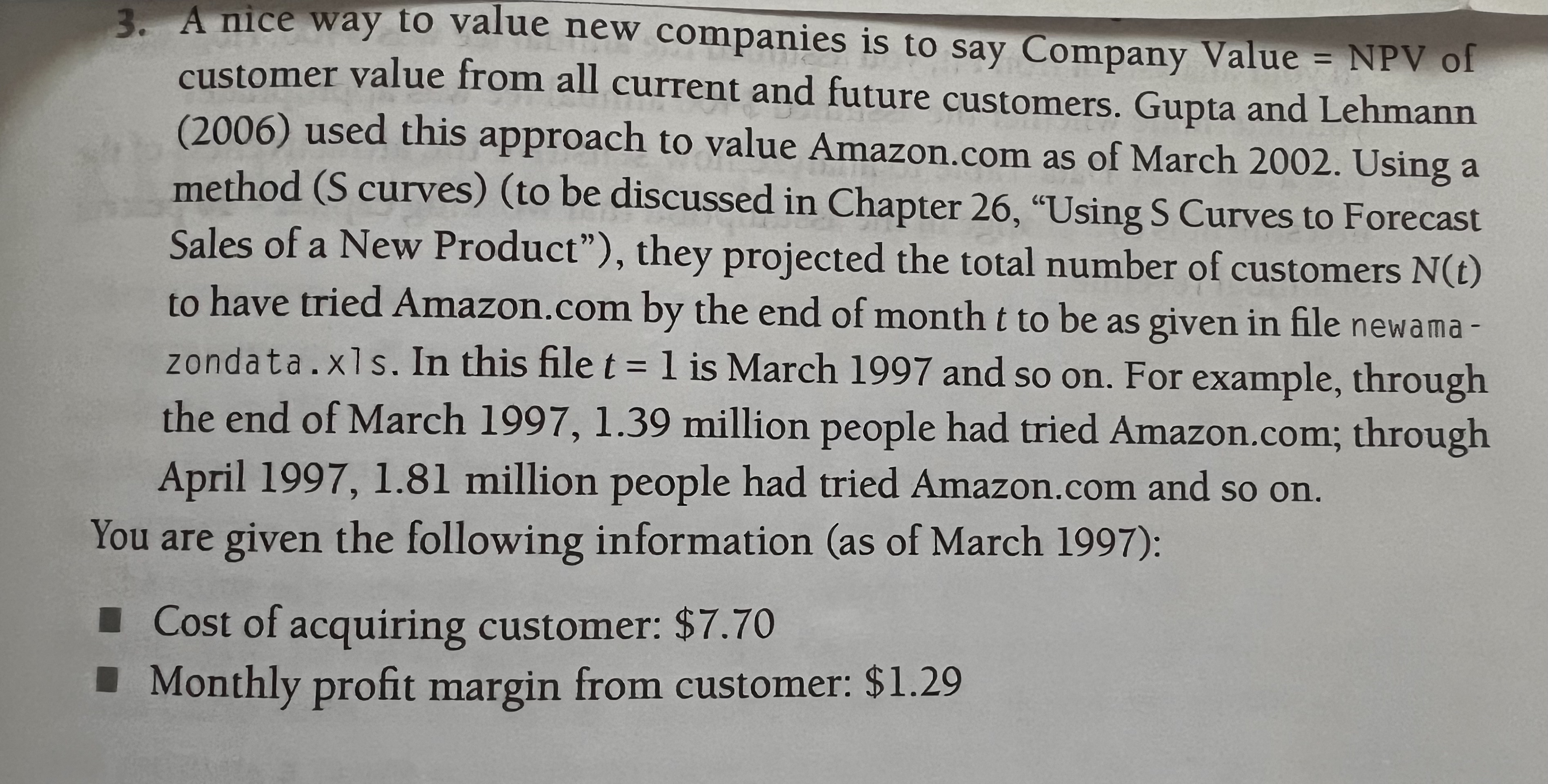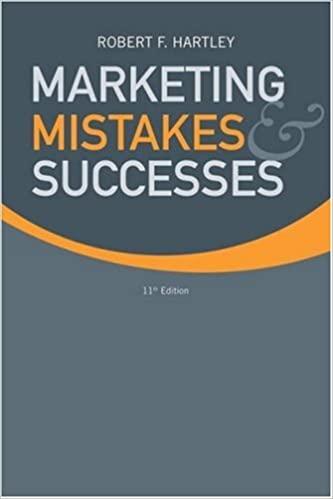Answered step by step
Verified Expert Solution
Question
1 Approved Answer
I am a little confused with question #3. I added the sub-questions (a & b) and the excel spreadsheet with the data. I don't know
I am a little confused with question #3. I added the sub-questions (a & b) and the excel spreadsheet with the data. I don't know where to begin with this problem.






Step by Step Solution
There are 3 Steps involved in it
Step: 1

Get Instant Access to Expert-Tailored Solutions
See step-by-step solutions with expert insights and AI powered tools for academic success
Step: 2

Step: 3

Ace Your Homework with AI
Get the answers you need in no time with our AI-driven, step-by-step assistance
Get Started


